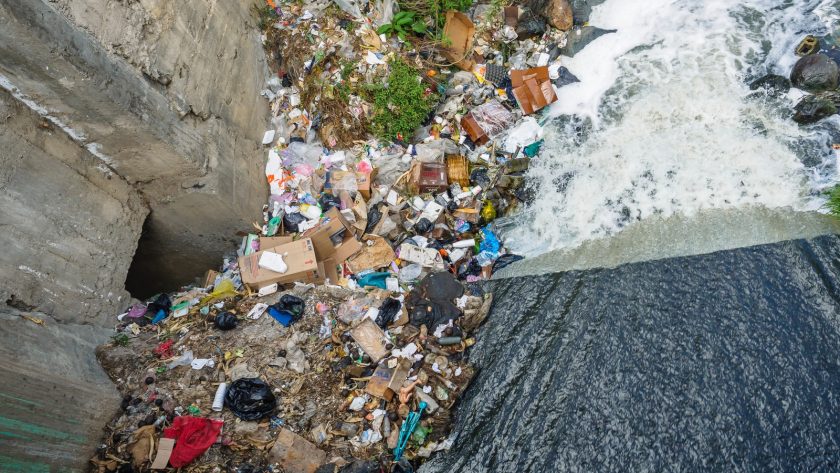In Chile’s Atacama desert, the driest desert on the planet, a mountain of abandoned clothing, including ski boots and Christmas sweaters, is a bizarre sight.
While the social effects of rampant consumption in the clothing industry, such as child labor in factories and derisory wages, are well-known, the terrible impact on the environment is not.
Chile has been a major hub for secondhand clothing. It was made in China, Bangladesh, and then passed through Europe, Asia, and the United States before reaching Chile where it is resold all over Latin America.
Each year, 59,000 tonnes of clothing arrives at Iquique port in the Alto Hospicio-free zone in northern Chile.
The capital ciry, Santiago, 1,800 km south of this place, is home to clothing merchants who sell some while the rest is smuggled to Latin American countries. Approximately 39,000 tons of the product that can’t be sold end up in desert rubbish dumps.
Alex Carreno, a former employee of the port’s import section, said that “this clothing arrives from all around the world.”
“What isn’t sold to Santiago or sent to other countries remains in the free zone,” as no one pays the required tariffs to take it out.
Franklin Zepeda, founder of EcoFibra (a company that creates insulation panels from discarded clothing), said, “The problem is that it isn’t biodegradable and contains chemical products so it isn’t accepted in the municipal landfills.”
He told AFP that he wanted to be the solution and not the problem when he started the company he founded in 2018.
Water waste
A UN report from 2019 states that global clothing production has doubled between 2000-2014 and that the industry is responsible for 20% of global water waste.
A single pair of jeans will require 7,500 liters (2,000 gal) of water.
According to the same report, clothing and footwear manufacture contributes eight percent to global greenhouse gas emissions. Additionally, every second, a quantity of textiles equal to a garbage truck are buried or burned.
The clothing piles can pollute the environment by releasing pollutants into the atmosphere or going underground.
It can take up to 200 years for synthetic clothing or clothes treated with chemicals to biodegrade.
Some clothing is not thrown away: the 300,000 residents in this area pick through the trash to find items they can use or sell to their neighbors.
Sofia and Jenny, two Venezuelan migrants, crossed into Chile just a few days before on a 350-kilometer journey. They searched through a pile of clothing as their children crawled over it.
Given the desert’s low nighttime temperatures, the women are searching for “things to combat the cold.”
Change your attitude
Chile is South America’s richest country. It is well-known for its fervent consumerism.
Monica Zarini, a recycler of clothing, said that fast fashion advertising has “helped to convince us that clothes make us more attractive, that they make us stylish, and even cure our anxiety.”
Rosario Hevia, who started a shop to recycle children’s clothing before establishing Ecocitex in 2019. This company creates yarn out of textile scraps and clothes in poor condition. This process does not require water or chemicals.
She said, “For many years, we consumed, but no one seemed concerned that more and more textiles were being produced. But now people are beginning to question themselves.”






